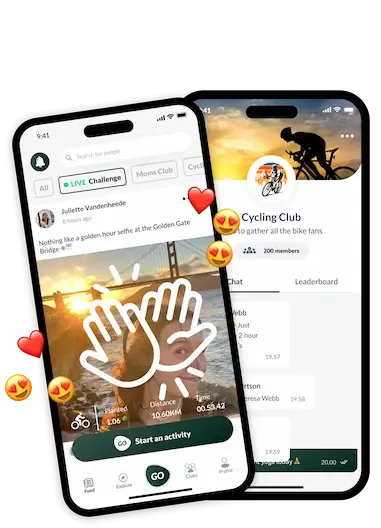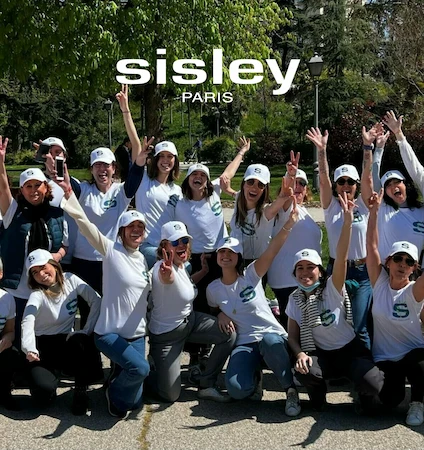Human nature is inherently wired to seek connection, purpose, and a sense of belonging. Throughout history, the act of giving and volunteering has been a fundamental aspect of our collective existence. From ancient civilizations where communities rallied together for the greater good to modern societies where acts of kindness transcend borders, the spirit of volunteerism is deeply ingrained in the human experience.
Studies have consistently shown that engaging in acts of kindness, such as volunteering, not only benefits the recipients but also has a profound impact on the giver. The positive effects on mental and physical well-being are well-documented. As Mahatma Gandhi famously said, “The best way to find yourself is to lose yourself in the service of others.” This sentiment echoes through time, emphasizing the transformative power of giving.
Evolution of Employee Volunteering: A Corporate Shift Towards Social Impact
In recent decades, there has been a significant shift in corporate culture towards embracing social responsibility. Companies are increasingly recognizing the importance of contributing to the communities they operate in, and one way they are achieving this is through employee volunteering programs. This evolution is not just altruistic; it’s a strategic move that brings about a multitude of benefits for both the employees and the organizations they serve.
Employee volunteering programs contribute to the development of a positive company culture. They foster a sense of purpose among employees, aligning personal values with professional responsibilities. Beyond the feel-good factor, there are tangible benefits for companies as well. Research has consistently shown that organizations with robust volunteering programs experience increased employee engagement, improved job satisfaction, and enhanced brand reputation.
Diverse Approaches to Volunteering Programs: Tailoring Engagement for Impact
There is no one-size-fits-all approach to employee volunteering programs. Companies must carefully consider their goals, employee demographics, and community needs when designing their initiatives. Here are several types of volunteering programs that organizations can explore, each with its own set of advantages and considerations:
Skills-Based Volunteering: Employees contribute their professional skills and expertise to assist nonprofit organizations. This not only provides valuable support to the community but also enhances employees’ sense of purpose and fulfillment.
Team Volunteering: Encouraging teams to volunteer together fosters camaraderie and teamwork. This approach is particularly effective for strengthening internal relationships and promoting a collaborative work environment.
Virtual Volunteering: In an increasingly digital world, virtual volunteering allows employees to contribute remotely. This opens up opportunities for a geographically dispersed workforce to participate and make a meaningful impact.
Pro Bono Volunteering: Professionals offer their specialized services to nonprofits on a pro bono basis. This type of volunteering allows employees to leverage their expertise for a cause they are passionate about.
While each of these programs has its merits, it’s crucial for companies to assess their unique circumstances and employee preferences to determine the most suitable approach.
Turning Vision into Action: Implementing Employee Volunteering Programs
Implementing an employee volunteering program doesn’t have to be a complex or daunting task. In fact, it can be an exciting opportunity to foster a positive workplace culture and contribute to the greater good. Here’s a step-by-step guide to help companies kickstart their employee volunteering initiatives:
Define Objectives and Goals: Clearly outline the objectives of the volunteering program. Whether it’s community impact, employee engagement, or skill development, having a well-defined purpose will guide the program’s structure and activities.
Survey Employee Interests: Understand the passions and interests of your employees. Conduct surveys or interviews to identify the causes that resonate most with the workforce. This ensures a higher level of enthusiasm and participation.
Establish Partnerships: Forge partnerships with local nonprofit organizations that align with your company’s values and goals. Collaborating with established entities streamlines the process and ensures that efforts are directed where they are needed most.
Communicate Effectively: Clearly communicate the program details, objectives, and benefits to employees. Utilize internal communication channels and platforms to generate excitement and participation.
Leverage Technology for Engagement: Embrace digital platforms that promote employee well-being and engagement. Platforms like teroGO provide a seamless way to organize, track, and promote volunteer activities. They turn volunteering into a collective challenge, fostering a sense of community and friendly competition among employees.
Recognize and Celebrate Contributions: Acknowledge and celebrate the efforts of employees who participate in volunteering activities. Recognition can take various forms, from internal shout-outs to organized events that highlight the collective impact achieved.
By following these steps, organizations can create a robust and sustainable employee volunteering program that not only benefits the community but also enhances workplace morale and cohesion. In the end, it’s about creating a positive feedback loop where employees feel fulfilled, connected, and proud to be part of a company that prioritizes social responsibility.
Conclusion: A Win-Win-Win for Employees, Companies, and Communities
Employee volunteering programs represent a powerful intersection of individual fulfillment, corporate social responsibility, and community impact. As we navigate an ever-changing business landscape, it’s clear that successful companies are those that go beyond profit margins and actively contribute to the well-being of society.
The benefits of implementing such programs are numerous and extend far beyond a simple act of charity. They foster a sense of purpose among employees, enhance company culture, and position organizations as socially responsible entities. By embracing the transformative power of volunteering, companies can create a win-win-win scenario, where employees thrive, companies prosper, and communities flourish. As we celebrate International Volunteer Day, let us reflect on the immense potential that lies in the collective efforts of individuals and organizations working together for a brighter, more compassionate future.
If you want to know more about teroGO, our virtual employee engagement and wellbeing challenges or our fully-fletched wellbeing platform schedule a quick chat or try it for free!















